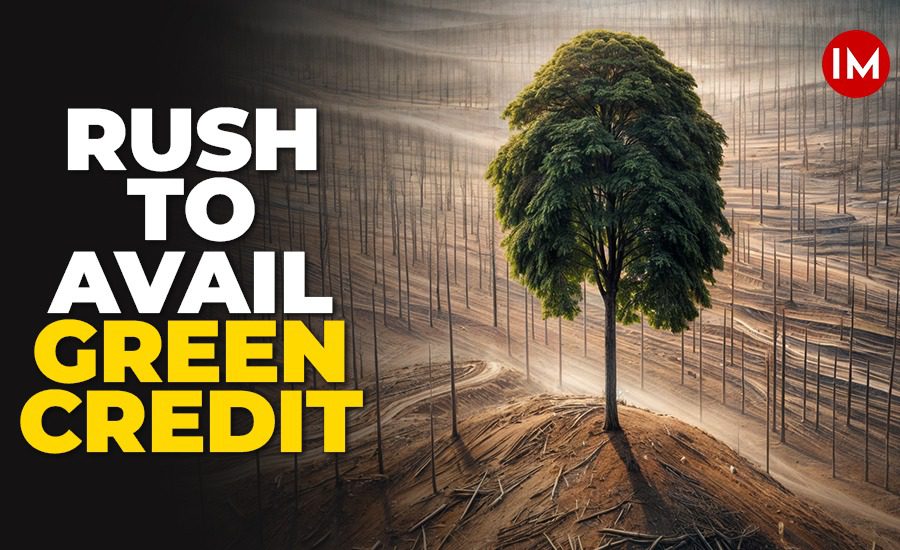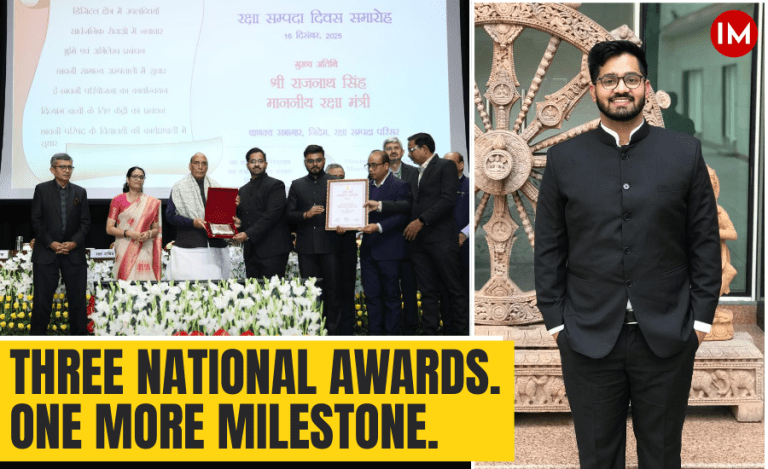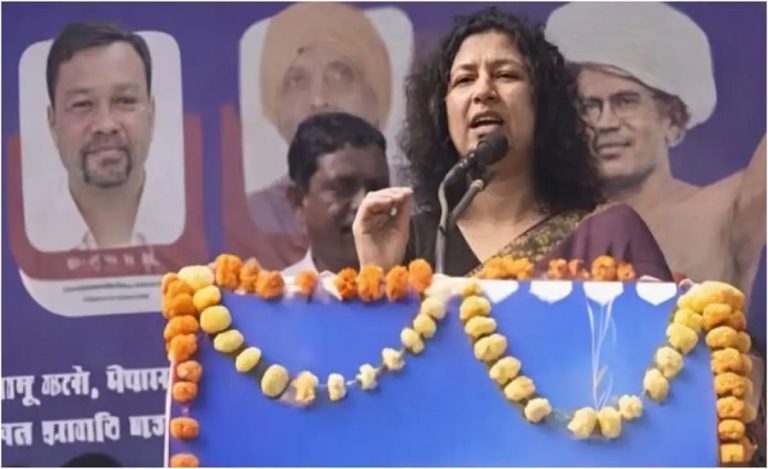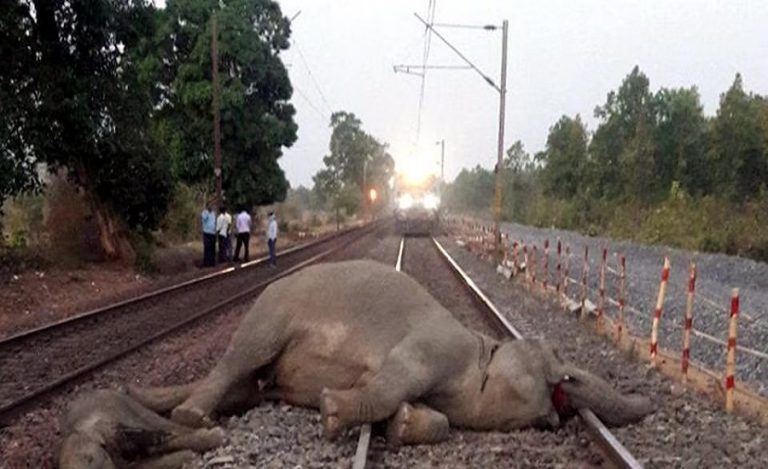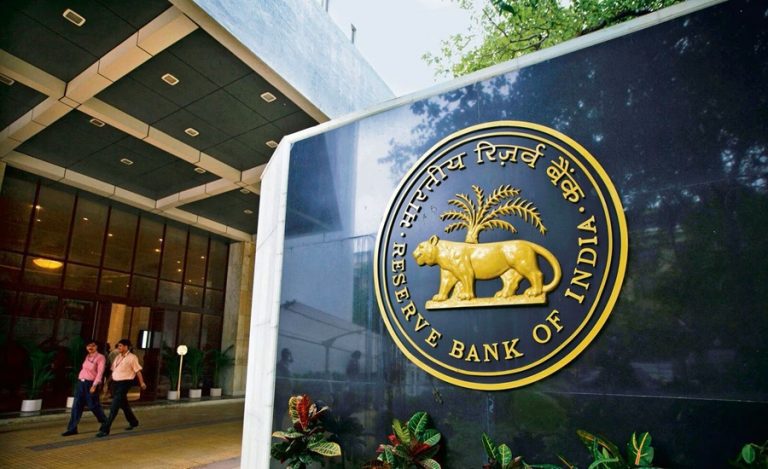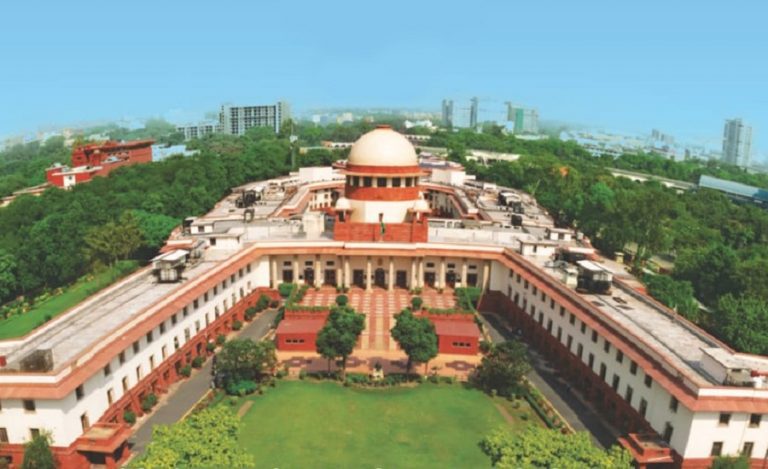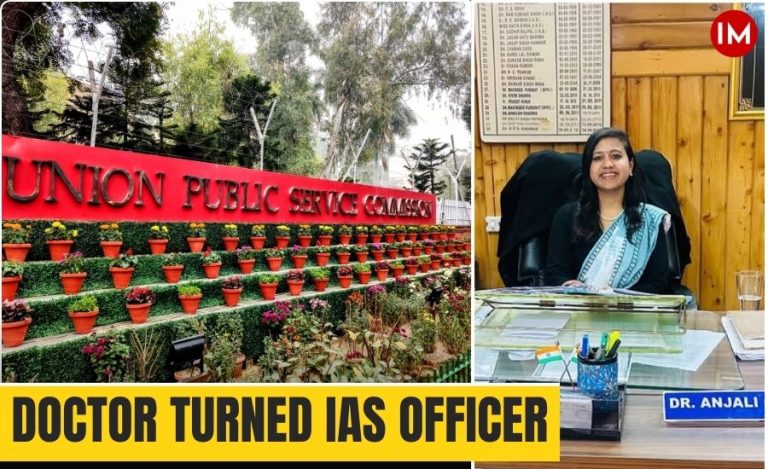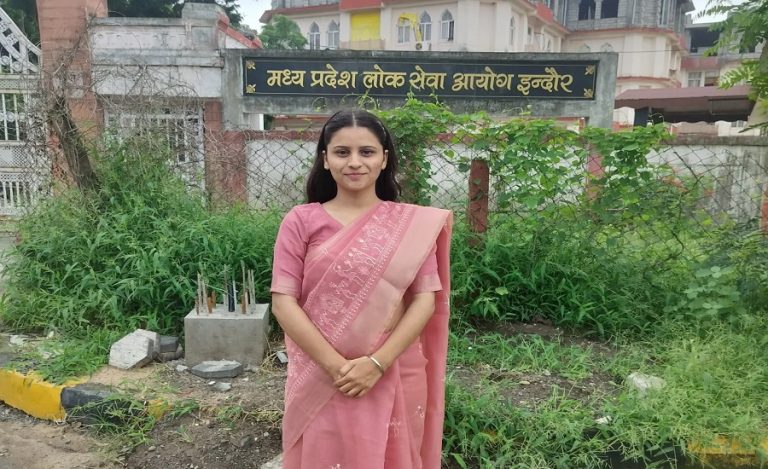Only two months into the Union Environment Ministry’s announcement of the methodologies for the calculation of credit for its ambitious Green Credit Programme (GCP), already over 500 land parcels spanning 4,885 hectares – the size of nearly 6,000 football fields – across 10 states have been approved for tree plantations. These 10 states, along with three more states, have together identified over 10,000 hectares of land for the programme.
The 10 states have identified parcels of degraded forest land, amounting to about 3,853 hectares, that will be available for individuals, groups, and public and private sector units to earn, and potentially trade, green credits. Chhattisgarh and Madhya Pradesh alone account for up to 40% of the forest land made available.
Speaking to Indian Masterminds, Secretary, Ministry of Environment, Forests and Climate Change in the Government of India, 1987 batch IAS officer Leena Nandan, gave details about this latest development.

WHAT IS GREEN CREDIT?
The Green Credit Program (GCP) is an innovative market-based mechanism aimed at incentivizing voluntary environmental actions across diverse sectors involving individuals, communities, private sector industries, and companies. The green credit shall be calculated at the rate of one green credit per tree growing through the tree plantation on such a land parcel, subject to a minimum density of 1100 trees per hectare, based on the local Silvi-climatic and soil conditions.
Under this scheme, registered and approved entities can pay to finance afforestation projects in specific tracts of degraded forest and wastelands. The actual afforestation will be carried out by the state forest departments. Two years after planting and following an evaluation by the International Council of Forestry Research and Education (ICFRE), an autonomous body of the Environment Ministry, each planted tree could be worth one ‘green credit’.
The program was launched by Prime Minister Modi on the sidelines of COP 28. It is an initiative within the government’s Lifestyle for Environment, or LIFE, movement. The Green Credit Rules, 2023, were notified on October 12, 2023, under the Environment Protection Act of 1986.
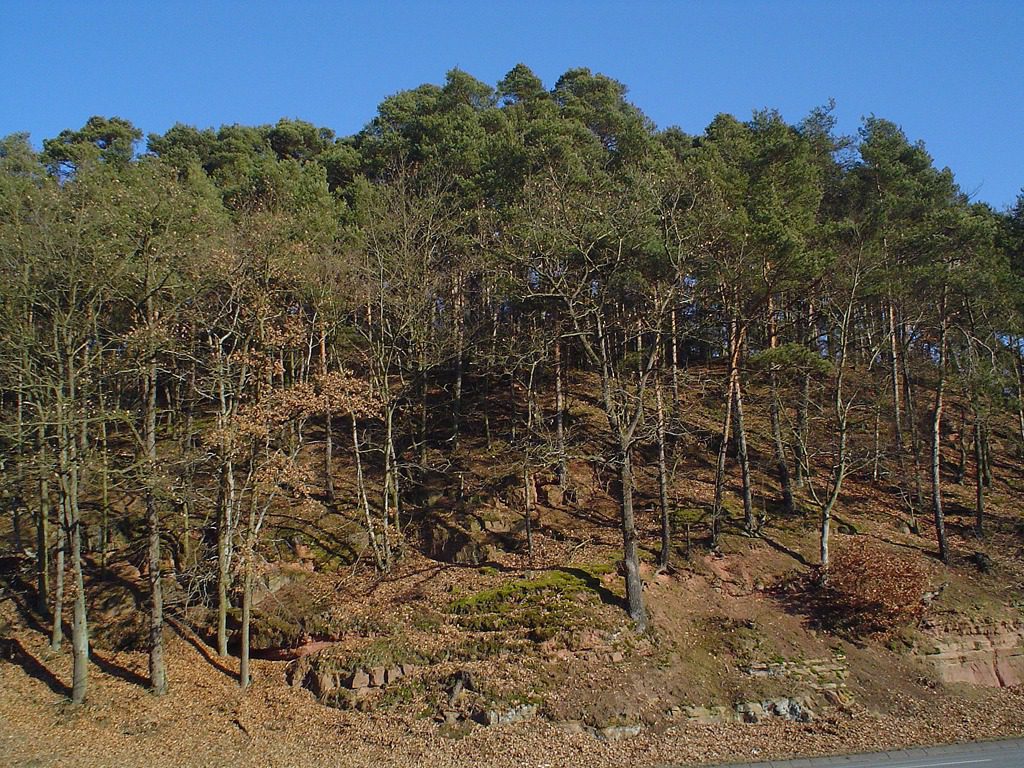
HOW GREEN CREDIT IS EARNED
Although the program was launched six months ago, the Environment Ministry notified the methodologies for the calculation of credit generated in lieu of tree plantations on degraded land parcels, including scrubland, wasteland, and catchment areas of rivers, only in February 2024.
Detailing the process, Ms. Leena Nandan said, “After identifying the biodiversity of each degraded forest land block, tree species will be selected after discussion with the relevant forest department, the entity that has selected the land, and the ICFRE. This selection will be strictly site relevant to assist natural regeneration and indigenous species.”
The Indian Council of Forestry Research and Education (ICFRE) will be the administrator in the entire process, which will start with state forest departments identifying degraded forest land blocks with a canopy density ratio of less than 0.4. These land parcels will then be made available on the GCP portal. Entities including individuals, the private sector, philanthropists, local bodies, etc., can then select the land parcel of their interest for plantation and make payment to the administrator through the portal.
Ms. Nandan said, “The amount will be transferred to respective state forest departments for undertaking plantation and maintaining the same for 10 years. The details of the flora and fauna diversity of each land degraded forest land block will be provided on the GCP portal.”
She also added that greening will be undertaken through shrubs and grasses based on the terrain and agro-climatic conditions. “If existing root stock is available, only boundary fencing, closing of areas, and other such protection measures will be taken to regenerate the biodiversity naturally. Green credits will be issued to the entities on completion of the greening activity in two years.”

LEADERS AMONG STATES
As of now, Madhya Pradesh leads with 954 hectares of approved degraded forest land for greening exercises, followed by Telangana with 845 hectares, Chhattisgarh with 713 hectares, Gujarat with 595 hectares and Assam with 454 hectares.
The other five states where land parcels have been approved by the administrator, ICFRE, are Bihar, Rajasthan, Tamil Nadu, Maharashtra, and Odisha. While land parcels have so far been identified by forest departments of 13 states.
Explaining how the programme will nurture the entire ecosystem, Ms. Nandan said, “GCP does not encompass only the carbon sequestration aspect of areas where greening has been successful. It is independent of the carbon credit mechanism, as it intends to encourage other non-carbon environmentally friendly actions to benefit the local soil, water, and ecosystem.”

